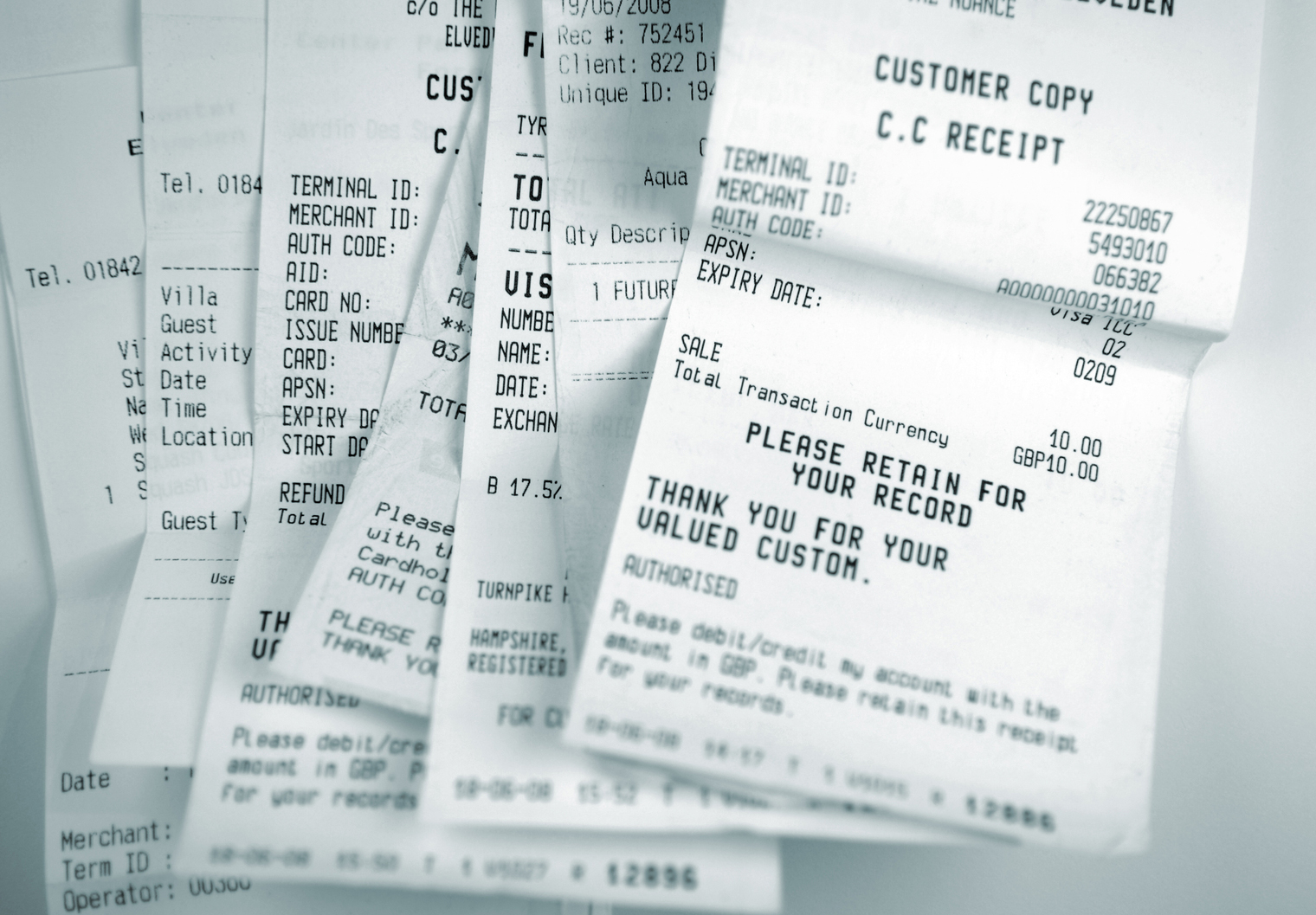When you have a loss to the contents of your home, from aburglary or fire, for example, your carrier will ask for a detailedlist of what’s been lost or damaged.
|Here are some tips agents and brokers can use to assist theirclients in documenting damage to personal property.
|All insureds have duties under their policies after a loss,beginning with contacting the insurer. Standard Homeowners, Tenantand Condominium policies all share some identical duties forproperty damage, based on the standard ISOHO 00 03 form language. Generally, you’ll be asked to:
- Prepare an inventory of damaged personal property showing thequantity, description, actual cash value and amount of loss, andattach all bills, receipts and related documents that justify thedollar amounts in the inventory;
- Show the damaged property to the adjuster, provide the carrierwith all the records and documents requested and permit the carrierto make copies;
- Send the carrier a signed, sworn proof-of-loss that sets out,to the best of your knowledge and belief:|
- the time and cause of loss;
- the interests of all “insureds” and all others in the propertyinvolved and all liens on the property;
- other insurance that may cover the loss;
- changes in title or occupancy of the property during the termof the policy;
- specifications of damaged buildings and detailed repairestimates; and
- the inventory of damaged personal property describedpreviously.
The inventory can be neatly handwritten, on an Excelspreadsheet, on a form downloaded from the internet, in a detailed,narrated video of your belongings from room to room, in informationadded to an app or in some other form of record. What’s importantis that every item is accounted for, with as much detail aspossible.
|
(Photo: iStock)
|Keep those receipts
If your home is burglarized, other than the broken window or door,the carrier can see only the empty space where you claim a largescreen television used to be. Credit card receipts or an itemizedbill from the store where you bought that 54-inch HD TV, and photosmay be the only proof you have that you owned the TV as part of ahome theatre system, or that you had an expensive computer,suitable for gaming, along with numerous DVDs and CDs.
In some cases, a record of the warranty for the item couldsuffice. Even without a bill of sale the warranty gives the make,model and brand of the appliance, which the adjuster can easilywork from. Not everyone will have documentation which is why photosand video are so helpful; they show the item and its currentcondition.
|Most people underestimate property
If there are no receipts or warranties, even with pictures, adetailed description is important. Again serial numbers should berecorded, as well as the make and model of the item. Is the mixer3.5, 5, or 6 quarts? What brands are the waffle iron, foodprocesser, griddle, coffee pot, and blender? What attachments doesthe equipment have? The picture should show the attachments, andthe description can detail the functions.
Most people underestimate the amount and value of the propertythey have, and don’t make adjustments to the standard percentage ofcoverage on a Homeowners policy, or the minimum limit on a Condo orTenants policy. It’s easy to account for larger items, such as thesofa, chairs, dining room table, coffee table, bed, anddressers.
|But the not-so-little stuff adds up too, for instance, lamps,towels, photos, silverware, dishes, pots, pans, sheets, clothes,shoes, books, cameras, tools, art work, knickknacks, vacuum andassorted other household goods. (Have you priced a set of sheets atBed, Bath and Beyond lately?)
|Related: With more wealth comes more risk
|
(Photo: iStock)
|Determining actual cash value
But what is actual cash value, and how is it determined? Actualcash value is the value of an item after depreciation has beenaccounted for. Unfortunately, a 10-year-old sofa is not worth thesame amount as a brand new sofa.
To calculate actual cash value, the expected life of the item,minus the current age of the item, divided by its expected life ismultiplied by the replacement cost. For example, a new leather sofaof the same make, style and model as the one you’ve lost in a fireis selling for $2,800. Your sofa is five years old, and its lifeexpectancy was 10 years. In this case, 10 – 5 = 5; 5/10 = 50%, and50% of $2,800 = $1,400, which is the actual cash value of thedamaged sofa.
|Depreciation tables are available on the internet to assist youbecause most people are unaware of the standard life expectancy oftheir property. One financial calculation site, for example,operated by Daniel Soper, an associate professor at CaliforniaState University – Fullerton, calculates the actual cashvalue after you provide the type of item, age and originalpurchase price.
|Storing copies of home inventory
Ideally, you’ve given a copy of your inventory to your agent or putit in a safety deposit box — somewhere offsite where it’sretrievable after a loss. Your inventory is likely to needadjusting because sofa that was five years old when you created theinventory is now six years old, but updating is a lot easier thanstarting from scratch.
One additional advantage to giving a copy of your inventory toyour agent: The agent will know whether there are items that shouldbe specifically insured, such as that antique desk that’s been inyour family for more than 100 years. If you update the inventoryonce a year, or whenever you purchase large or expensive items,you’ll always have adequate coverage for your property and beprepared in case a loss occurs.
|Any large-scale loss of property, for example, after a fire orstorm, can be devastating, and filing the insurance claim can beoverwhelming. But that home inventory that you’ve kept up-to-datecan help you justify the items that you’re claiming.
|Related: The 8 insurance coverages that are triggered by a catastrophicfire
|Christine G. Barlow, CPCU, is managing editorof FC&S, a division of National UnderwriterCo. and ALM.
Want to continue reading?
Become a Free PropertyCasualty360 Digital Reader
Your access to unlimited PropertyCasualty360 content isn’t changing.
Once you are an ALM digital member, you’ll receive:
- All PropertyCasualty360.com news coverage, best practices, and in-depth analysis.
- Educational webcasts, resources from industry leaders, and informative newsletters.
- Other award-winning websites including BenefitsPRO.com and ThinkAdvisor.com.
Already have an account? Sign In
© 2024 ALM Global, LLC, All Rights Reserved. Request academic re-use from www.copyright.com. All other uses, submit a request to [email protected]. For more information visit Asset & Logo Licensing.








